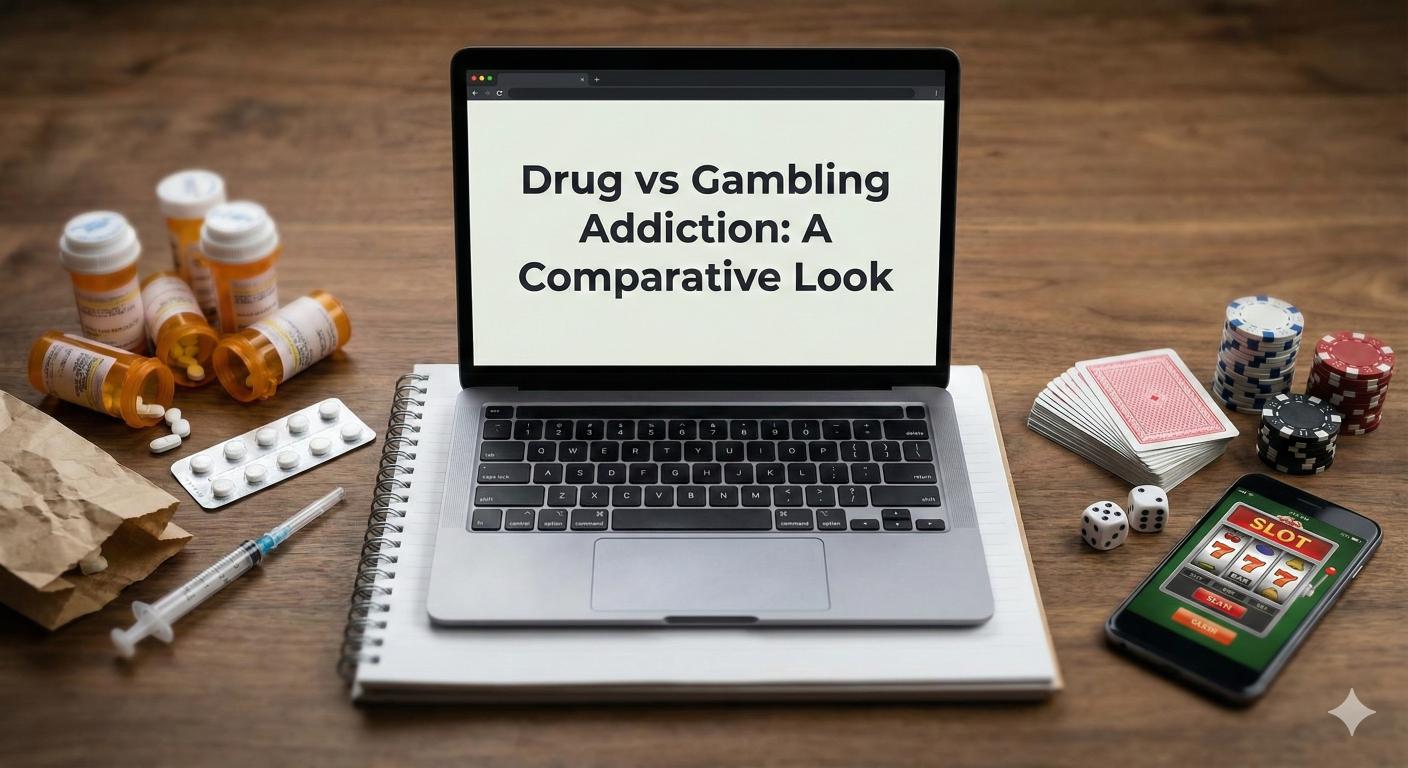Top Prevention Strategies for Eating Disorders
Explore prevention strategies for eating disorders, from early intervention to community support resources.


Understanding Eating Disorders
Eating disorders are complex conditions influenced by various factors, including individual biology, cultural narratives, and societal pressures. Recognizing the elements that contribute to the development of these disorders is crucial for effective prevention strategies.
Factors Influencing Eating Disorders
Numerous factors can impact the risk of developing an eating disorder. These can include genetics, personality traits, and environmental influences. Adolescent girls with eating disorders often face unattainable and conflicting expectations in their daily lives, which can lead to stress and negative self-evaluation. Strategies for coping with these pressures may involve "striving to be oneself," "adapting to various situations," and "presenting oneself in a positive light" [1].
Certain personality traits, such as perfectionism and low self-esteem, can elevate the risk. Many girls also struggle with balancing societal expectations related to assertiveness while being interpersonally oriented, which influences their mental health and eating behaviors.
FactorInfluence on Eating DisordersGeneticsInherited risk factors for vulnerabilitiesPersonality TraitsPerfectionism, low self-esteem, and anxietyEnvironmental InfluenceStress from conflicting societal expectations
Cultural and Societal Pressures
Cultural and societal pressures significantly impact one's body image and eating behaviors. Several cross-sectional studies have shown a positive association between exposure to beauty and fashion magazines and heightened weight concerns or symptoms of eating disorders among girls. The portrayal of unrealistic and often unhealthy body images can skew young people's perceptions of their own body shape and size and decrease their overall body satisfaction [2].
The media plays a central role in intensifying body dissatisfaction, contributing to the rise in eating disorders. Media literacy is recognized as a vital tool to counteract these messages, reducing body dissatisfaction and disordered eating. Health communication campaigns and media advocacy are effective prevention strategies aimed at addressing how media impacts self-esteem and eating behaviors in children and adolescents [2].
Understanding these influences provides a foundation for developing comprehensive prevention strategies for eating disorders. For further insights into prevention methods, such as nutritional rehabilitation in eating disorder recovery and the role of exercise in eating disorder recovery, explore the relevant resources.

Impact of Media on Eating Disorders
The media plays a significant role in shaping perceptions of body image and can influence the development of eating disorders. Understanding this impact is crucial for implementing effective prevention strategies for eating disorders.
Media Influence on Body Image
Research indicates a strong correlation between social media use and disordered eating behaviors, such as restrictive dieting and excessive exercise. Frequent exposure to social media platforms has been associated with higher levels of body dissatisfaction among both men and women [3]. Media messages that reinforce narrow body ideals can lead to reduced confidence regarding one's appearance. The following table illustrates some of the psychological effects of media exposure on body image.
Media TypeImpact on Body ImageAssociated RisksSocial MediaIncreased body dissatisfactionRestrictive dieting, excessive exerciseTelevisionReinforces narrow idealsLow self-esteemMagazinesPromotes unrealistic imagesDevelopment of eating disorders
Protecting self-image and body confidence from negative media influences is vital. Individuals must recognize how media messages can distort reality and lead to harmful behaviors.
Media Literacy for Prevention
Media literacy is an essential strategy for mitigating the negative impact of media on body image and eating behaviors. By developing media literacy skills, individuals can critically analyze the media messages they encounter daily, which helps in safeguarding their self-esteem and body image. Programs aimed at enhancing media literacy can equip individuals with the tools to question and challenge societal norms surrounding beauty and body standards.
Research shows that improving media literacy can reduce body dissatisfaction and the prevalence of disordered eating. By encouraging individuals to engage with media content more thoughtfully, it becomes possible to combat the harmful effects of media messages.
The importance of prevention and early intervention in addressing eating disorders cannot be overstated. Recognizing warning signs and implementing supportive measures can help individuals navigate the challenging landscape of media influences. Building media literacy as a cornerstone of prevention strategies can foster resilience against the pressures of societal ideals.
Biological, Psychological, and Sociocultural Factors
Eating disorders arise from a complex interplay of various influences, including biological, psychological, and sociocultural factors. Understanding these factors is vital in developing effective prevention strategies for eating disorders.
Role of Biological Factors
Biological influences play a significant role in the onset of eating disorders. Research indicates that individuals may possess a genetic predisposition to these conditions, which can manifest under certain environmental pressures. Biological risk factors have been particularly studied in areas such as energy deficiency, especially among athletes. For instance, collegiate female athletes and performing artists are at increased risk due to the demands of their sport or discipline, which may lead to inadequate energy availability.
Below is a table summarizing some identified biological risk factors related to eating disorders:
FactorDescriptionGenetic PredispositionIncreased likelihood due to family historyHormonal ChangesFluctuations affecting appetite and metabolismEnergy DeficiencyLow energy availability in physically active individuals
Psychological Risks Associated
Psychological factors are also critical in understanding the development of eating disorders. Research has identified several mental health traits that contribute to an individual's risk of developing these illnesses. For instance, perfectionism is widely recognized as a psychological risk factor linked to eating disorders [6]. Individuals with a tendency toward perfectionism may develop unrealistic standards for themselves, leading to unhealthy eating behaviors.
Other psychological risks include:
FactorDescriptionPerfectionismStriving for unattainable goals in weight or appearanceAnxiety DisordersHeightened levels of anxiety may influence eating habitsLow Self-EsteemNegative self-perception can drive disordered eating
An awareness of these factors is essential in creating specific interventions. Addressing both biological and psychological vulnerabilities is critical for effective prevention and treatment options. For more information on how mental health can influence eating disorders, explore our article on eating disorders and co-occurring mental health conditions.
Prevention Strategies
Effective prevention strategies for eating disorders focus on early intervention and designing programs that address the risk factors associated with these conditions. By understanding the importance of these approaches, communities can better support individuals at risk.
Early Intervention Importance
Early intervention plays a crucial role in minimizing the impact of eating disorders on individuals. Research indicates that recognizing warning signs and implementing appropriate support systems can facilitate recovery. Comprehensive treatment that includes medical, nutritional, and psychological support is essential for long-term well-being.
By identifying individuals at risk early, concerned parties can encourage positive coping strategies and access professional help. The following table highlights the benefits of early intervention:
Benefits of Early InterventionDescriptionReduced Severity of SymptomsEarly detection can lead to less severe symptoms and better prognosis.Improved Recovery RatesIndividuals who receive timely help are more likely to recover fully.Lower Health ComplicationsPreventing escalation reduces the risk of serious medical issues related to eating disorders.Enhanced Coping MechanismsEarly support can teach healthier coping strategies before disordered patterns develop.
Effective Prevention Programs
Several effective prevention programs can significantly reduce the risk factors associated with eating disorders. Key programs include:
Through the implementation of these programs, communities can enhance awareness, teach valuable skills, and provide necessary resources to create a supportive environment for those at risk. This proactive approach aligns with the overarching goal of preventing eating disorders and promoting healthier relationships with food and body image. For more information about recovery strategies, including nutritional rehabilitation in eating disorder recovery and the role of exercise in eating disorder recovery, visit our additional resources.
Cognitive Dissonance Programs
Cognitive Dissonance (CD) programs have emerged as a meaningful strategy in the fight against eating disorders by challenging unrealistic body ideals and fostering a healthier self-image.
Reducing Risk Factors
One of the primary goals of CD programs is to create a sense of dissonance that discourages the pursuit of an unrealistic thin ideal. These programs encourage individuals to critically evaluate societal standards of beauty and reflect on personal values regarding body image. For example, the Body Project, a well-known CD prevention program, has demonstrated effectiveness in reducing eating disorder (ED) symptoms and associated risk factors. Research indicates that such preventative and early intervention programs are instrumental in increasing awareness and motivation to seek help [7].
The following table provides insight into the effectiveness of CD programs in lowering risk factors for ED:
Program TypeReduction in Risk FactorsOverall EffectivenessCognitive Dissonance ProgramsSignificantHighTraditional Prevention ProgramsModerateModerate
Potential Prevention Benefits
The benefits of implementing cognitive dissonance programs extend beyond mere symptom reduction. Participants often report enhanced self-awareness and a transformation in their attitudes toward body image. Additionally, these programs promote healthier behaviors and coping mechanisms, equipping individuals to resist societal pressures regarding appearance.
CD programs also emphasize the importance of community involvement and peer support. Research highlights the potential benefits of peer-led initiatives, particularly among young males, an area that requires further exploration. Incorporating these peer-led elements may enhance the effectiveness of prevention strategies for eating disorders, fostering a supportive environment conducive to recovery.
Through the incorporation of cognitive dissonance programs in broader prevention strategies for eating disorders, there is hope for significantly improving mental health outcomes and diminishing the prevalence of eating disorders in susceptible populations. For more related insights, investigating topics like nutritional rehabilitation in eating disorder recovery and the role of exercise in eating disorder recovery may further enrich understanding and approaches.
Seeking Help and Support
Finding appropriate help and support is crucial for individuals dealing with eating disorders. Various resources and community opportunities are available to aid in the recovery process and to raise awareness.
NEDA Resources
The National Eating Disorders Association (NEDA) is a key resource for those seeking information on eating disorders and recovery. NEDA offers critical support to individuals in recovery and their families through the Grace Holland Cozine Resource Center. This center provides valuable resources such as educational materials, coping strategies, and guidance on how to navigate treatment options.
Additionally, NEDA encourages individuals aged 13 and above to utilize their Eating Disorders Screening Tool to assess their condition and determine whether it is time to seek professional assistance.
NEDA ResourceDescriptionGrace Holland Cozine Resource CenterOffers educational materials and support for recovery.Eating Disorders Screening ToolHelps assess the need for professional evaluation and support.NEDA WalksSocial support events that raise awareness and provide community engagement.
Participation in events such as NEDA Walks serves as an important opportunity for individuals in recovery, their families, and friends to come together, share their experiences, and raise awareness about eating disorders [8].
Community Support Opportunities
Community support plays a vital role in recovery from eating disorders. Local support groups offer safe spaces for individuals to connect with others who share similar experiences. These groups provide empathy, understanding, and a platform for sharing coping mechanisms and challenges.
Many communities host events focused on promoting awareness and facilitating discussions about eating disorders. These initiatives help build a supportive network for those affected directly or indirectly. Additionally, various organizations often conduct workshops, seminars, and support sessions tailored to individuals struggling with eating disorders.
Here are some community support options:
Community Support OptionDescriptionLocal Support GroupsConnections with others in similar situations for sharing experiences and support.Workshops and SeminarsEducational sessions on eating disorders and recovery strategies.Awareness EventsCommunity initiatives aimed at raising awareness and reducing stigma.
These support systems offer encouragement and understanding while promoting healing and protecting against potential relapses. For comprehensive recovery, individuals may also explore nutritional rehabilitation in eating disorder recovery and the role of exercise in eating disorder recovery.
Building connections and seeking help can significantly impact recovery journeys for individuals dealing with eating disorders.
References
[2]:
[3]:
[4]:
[5]:
[6]:
[7]:
[8]:
More Resources
A team ready to start your journey.
Get in touch — today.
We are a safe space – a haven for exceptional individuals to receive discreet, personalized, in-person treatment and care.
.avif)










